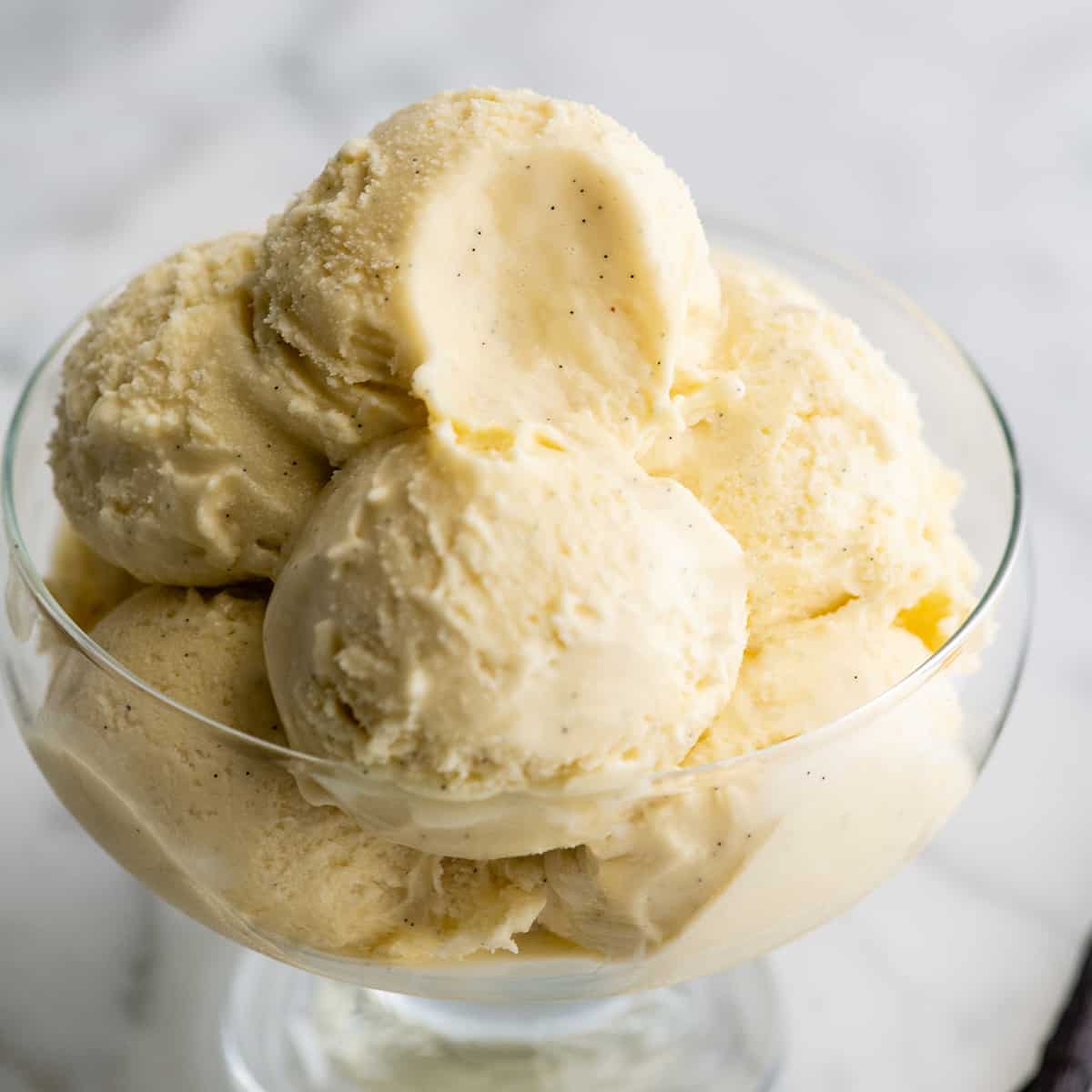Food & Climate
Hundred thousands families in Madagascar are owning around 50% of the world market share for vanilla, the main Ice Cream ingredient, While Mexico is considered Vanilla’s native, but the two countries productions are threatened by Cyclones and pesticides.
Cyclone Gamane flooded fields and stripped vanilla pods from their vines in Madagascar, the African country, earlier this year, causing concern for an impending shortage, according a report seen by “Food & Climate” platform.
Frank Jaksch, CEO of Ayana Bio, a technology company that produces bioactive ingredients to support health and wellness, said: “This has been a slow impact and this will continue to be a slow decline, but the broader impact surfacing is that we are now starting to see a nutritional decline over fruits and vegetables and various plants,”, according to “Manufacturing dive”.
Vanilla producers on the tropical island of Madagascar said a cyclone that killed 78 people has also damaged around 30 percent of the crop in the world’s biggest producer, according to “Reuters”.
They added: “The valuable beans are often kept under armed guard after prices shot up from around $20 a kg in 2010 to around $500 a kg last year (2023)”.
Half the world’s crop
The flavouring is used in products from ice cream to coffee. Madagascar produces nearly half the world’s crop, according the U.N. Food and Agriculture Administration.
In 2015, Madagascar was estimated to have produced 3,914 tonnes out of a global total of 8,294 tonnes, projected U.N. data showed. No more recent data was available because of the lag in harvesting time.
Cyclone Enawo tore through the East African island in March. Authorities said the storm had killed 78 people, displaced nearly 250,000 and wounded 250.
“The destruction of uprooted fields and plants (means) losses are estimated at 30 percent,” said Mamy Razakarivony, president of the national vanilla exporters’ group.
Eddie Fernand, mayor of the Antalaha region, said years of spiralling profits meant many locals had poured all their resources into vanilla farms. Around 95 percent of his region’s crop had been destroyed, he said. Now some families face ruin.
Although of Cyclone, In June, some reports said that prices of vanilla – particularly Madagascan vanilla – experienced significant decreases, which have largely been attributed to a lifting of export barriers, coupled with a bumper harvest.
Vanilla’s native Mexico is the only place in the world where the fragrant orchid is pollinated without human help. But pesticides threaten to wipe out the insects that do the job, in turn threatening human livelihoods, according to “DW”.
Vanilla is one of the most expensive ingredients in the world. The orchid is native to Mexico, and only there are insects able to pollinate it. Growers in other parts of the world must pollinate the plants by hand.
Now, pesticides and chemical fertilizers threaten insects in vanilla’s native land, and nature’s pollinators are increasingly rare. That has severe consequences for ecosystems, and for the farmers who rely on vanilla for a living.

Enslaved boy
Consumers’ insatiable appetite for this fragrant spice means that an estimated 18,000 products on the market contain vanilla flavor today, according to “Smithsonian”.
While the Totonac people of modern-day Veracruz, Mexico, are credited as the earliest growers of vanilla, the oldest reports of vanilla usage come from the pre-Columbian Maya. The Maya used vanilla in a beverage made with cacao and other spices. After conquering the Totonacan empire, the Aztecs followed suit, adding vanilla to a beverage consumed by nobility and known as chocolatl.
The Spanish conquest of the Aztecs in 1519 brought the fragrant flower—and its companion, cacao—to Europe. Vanilla was cultivated in botanical gardens in France and England, but never offered up its glorious seeds. Growers couldn’t understand why until centuries later when, in 1836, Belgian horticulturist Charles Morren reported that vanilla’s natural pollinator was the Melipona bee, an insect that didn’t live in Europe. (A recent study, however, suggests that Euglossine bees may actually be the orchid’s primary pollinator.)
Five years later, on the island of Réunion, a 39-mile-long volcanic hotspot in the Indian Ocean, everything changed. In 1841, an enslaved boy on the island named Edmond Albius developed the painstaking yet effective hand-pollination method for vanilla that is still in use today, which involves exposing and mating the flower’s male and female parts. His technique spread from Réunion to Madagascar and other neighboring islands, and eventually worked its way back to Mexico as a way to augment the vanilla harvest pollinated by bees.

